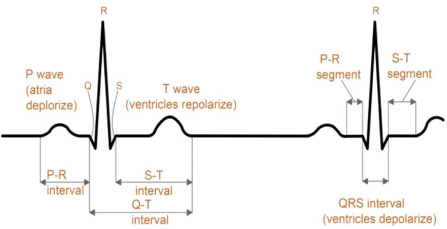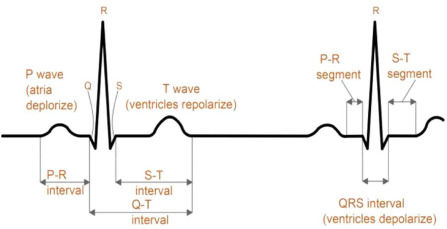
Anne Humeau-Heurtier and her research group published a paper presenting an Overview on prediction, detection, and classification of atrial fibrillation using wavelets and AI on ECG in Computers in Biology and Medicine.
Abstract
Atrial fibrillation (AF) is the most common supraventricular cardiac arrhythmia, resulting in high mortality rates among affected patients. AF occurs as episodes coming from irregular excitations of the ventricles that affect the functionality of the heart and can increase the risk of stroke and heart attack. Early and automatic prediction, detection, and classification of AF are important steps for effective treatment. For this reason, it is the subject of intensive research in both medicine and engineering fields. The latter research focuses on three axes: prediction, classification, and detection. Knowing that AF is often asymptomatic and that its episodes are often very short, its automatic early detection is a very complicated but clinically important task to improve AF treatment and reduce the risks for the patients. This article is a review of publications from the past decade, focusing on AF episode prediction, detection, and classification using wavelets and artificial intelligence (AI). Forty-five articles were selected of which five are about AF in general, four articles compare accuracy, recall and precision between Fourier transform (FT) and wavelets transform (WT), and thirty-six are about detection, classification, and prediction of AF with WT: 15 are based on deep learning (DL) and 21 on conventional machine learning (ML). Of the thirty-six studies, thirty were published after 2015, confirming that this particular research area is very important and has great potential for future research.

